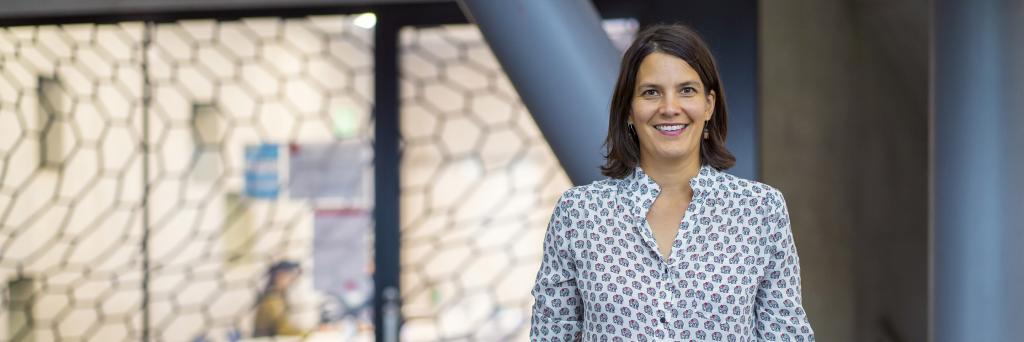I have learned and taught in classrooms of different kinds. Some have been sleek seminar rooms, book-lined offices, or vast auditoriums. Some came equipped with daunting banks of audiovisual equipment, others with only a candle. Sometimes classrooms took shape as field excursions, or as close-knit circles under the shade of a tree. At their best, classrooms are places of curiosity and imagination, places to be both inspired and challenged, places to be pushed and supported at the same time. For me, it is this extraordinary mix of things that makes classrooms exciting, and part of the reason why I have spent so much time in them.
So, what does one do when the singular place of a classroom is taken away, as has happened over the last months? During this time, I have been pushed to think beyond the where of the classroom, and to refocus on what it is that makes a classroom a place of learning. Something that stands out is the shared-ness of space, and the myriad connections that this can afford. As I see it, part of the challenge of teaching – and of learning – in this new environment is to cultivate a sense of togetherness and nurture those connections, whether in person, online or both.
Over the summer, my colleagues and I have discussed and debated how we might best design the courses we will co-teach this autumn in a way that is responsive to the times we live in. Planning “Histories, Theories, and Practices of Development”, Professor Gopalan Balachandran and I felt that our course must deepen understandings of the precariousness of lives and livelihoods brought into sharp relief by the pandemic, and the social and political mobilisations around racism and white supremacy that have ensued. In my home Department of Anthropology and Sociology, where I co-teach the Doctoral Seminar with Professor Patricia Spyer, we are working to ensure that our incoming cohort of PhD students will be prepared to develop and pursue their dissertation research projects in circumstances where long-established customs and practices of fieldwork may not be possible. Long before the semester begins, our classrooms are being created not in locatable places, but through these reckonings and imaginations.
Not so long ago, I saw the walls of a classroom as something also to be bridged. Getting “beyond the walls” has often been an important part of the way I teach, as I try to bring something of the world into my classes and, wherever possible, to create opportunities for my students to learn experientially “out in” the world. This year, though, the world has burst into the classroom. And, what I am learning is that in these times, the most important place of the classroom is firmly planted in the world.
This article was published in Globe #26, the Graduate Institute review.
GENEVA GRADUATE INSTITUTE
Chemin Eugène-Rigot 2A
Case postale 1672
CH - 1211 Geneva 1, Switzerland
+41 22 908 57 00
ADMISSIONS
prospective@graduateinstitute.ch
+ 41 22 908 58 98
MEDIA ENQUIRIES
sophie.fleury@graduateinstitute.ch
+41 22 908 57 54
ALUMNI
carine.leu@graduateinstitute.ch
+ 41 22 908 57 55



